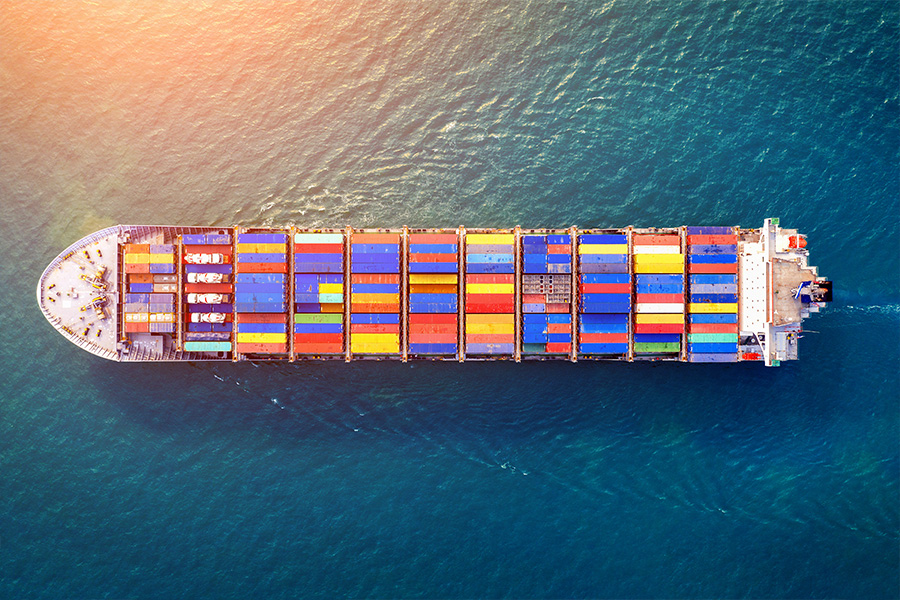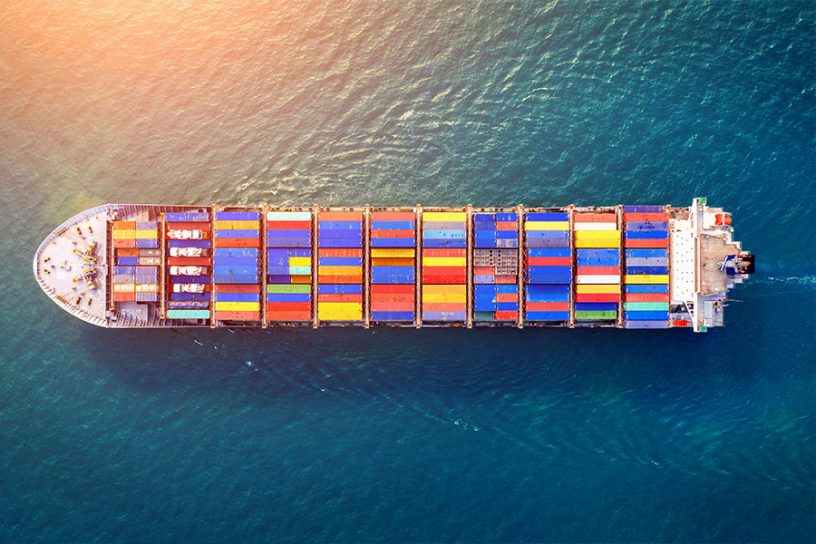
Developing a counter to the Chinese “string of pearls” strategy has been one of the key aspects of India’s engagement with Association of Southeast Asian Nations (ASEAN) in the defence domain.
Authors
Pankaj K. Jha, Professor, Jindal School of International Affairs, O.P. Jindal Global University, Sonipat, Haryana, India.
Quach Thi Hue, Institute of International Relations, Ho Chi Minh National Academy of Politics, Hanoi, Vietnam.
Summary
India–Southeast Asia defence cooperation has not been highlighted much, primarily to not give out wrong signals about India’s power projection outlook. With India steadfastly maintaining that it is a benign nation and not a revisionist power, engagement in the defence domain with Association of Southeast Asian Nations (ASEAN) has been attempted in five ways.
The first includes India’s engagement in ASEAN defence mechanisms, such as ASEAN Defence Ministers’ Meeting (ADMM) Plus; and the participation of ASEAN nations in the Milan series of biennial meetings and Indian Ocean Naval Symposium (IONS).
The second dimension is India’s legitimate interest in the security of the Malacca Strait as a funnel state. The third dimension is developing synergies between the defence industries in Southeast Asia with the Indian defence industrial complex.
The fourth angle of engagement is India’s position as the net security provider in the Indian Ocean Region (IOR). The fifth critical aspect is developing maritime cooperative mechanism and developing a counter to the Chinese “string of pearls” strategy.
Published in: Maritime Affairs: Journal of the National Maritime Foundation of India
To read the full article, please click here.


